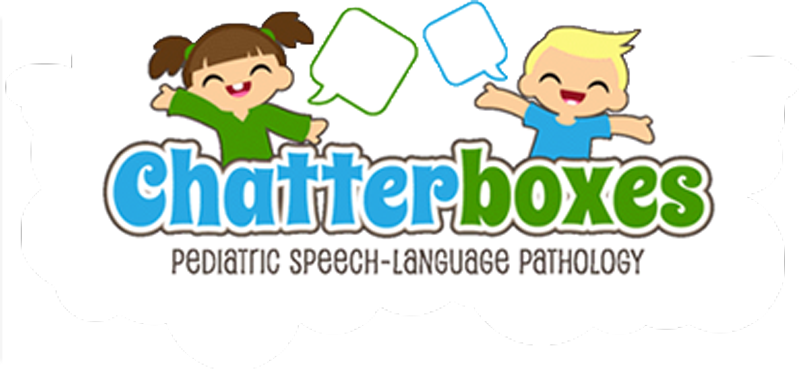Caden Bubbled with Excitement to See Me and Tell me Everything.
He jumped into my arms after daycare announcing: “Duh Twains Twashed! Dat one, you know, Pewcy da Dween one, Wost a Yeel!! I was starting to notice that the more excited he became, the faster he spoke, and the faster he spoke, the less I could interpret.
The Checkout Line
We were in the Supermarket just after Caden’s 3rd Birthday and my heart broke as an elderly woman in the checkout line wanted to engage with Caden. The exchange went something like this:
Woman: “You must be a good Big Brother. What’s your name?”
Caden: “Das my bruder, Midal.”
Woman: “Oh. Wow isn’t he cute! And what’s your name?”
Caden: “Daden.”
Woman: “Daden? How lovely.”
Caden: “No, DA-Den.”
Woman: “Daden. Ok! Daden! Have fun today!”
Getting from Daden to Ca-den
That afternoon, during Caden’s nap, I called to set up a Speech Evaluation.
The results of the Evaluation revealed Caden had a moderate speech delay and some of his errors, like substituting /d/ for /k/ were not developmentally appropriate for his age. That next week, we started Caden in weekly sessions.
Caden’s Grandma drove him to Speech Therapy for 6 months.
One of the 1st sounds Caden learned to say was “Kuh” and within a month, he was saying “Ca-den!” I was just thrilled with the fact that he could introduce himself. Caden continued working through a step-by-step process on his speech goals, and we were really vigilant with his home practice.
Caden appeared to have caught-up his peers, so we decided we could take a break from Speech Sessions for the Summer. Summer quickly turned into Fall and Caden started a new Preschool when he turned four. He loved school and was playing T-Ball for the Royals on weekends.
When You Feel Like Quitting: Remember Why You Started
Now at age 7, Caden is in second grade. At his parent-teacher conference this year, his teachers expressed concern with his letter-sound correlations, and his ability to sound-out words. His teacher recommended Speech Therapy, as the mispronunciation of sounds was interfering with his reading and his ability to decode words.
“We never formally finished Speech Therapy back when he was 3.” I announced to his teacher.
Now at age 7, we agree that Caden’s unresolved articulation errors are impacting his reading. My husband and I feel responsible; as if Caden’s new trouble in reading could have been avoided.
Sticking to a program and committing to the program’s completion is so critical. You may feel that your child is ‘doing well,’ but please don’t be tempted to make the call on your own to discontinue therapy. I can now look back and wish we would have completed what we had started and can’t help but think that Caden’s speech difficulties wouldn’t have escalated into the academic issues we have today.
-Submitted by: Melanie Bergeron











